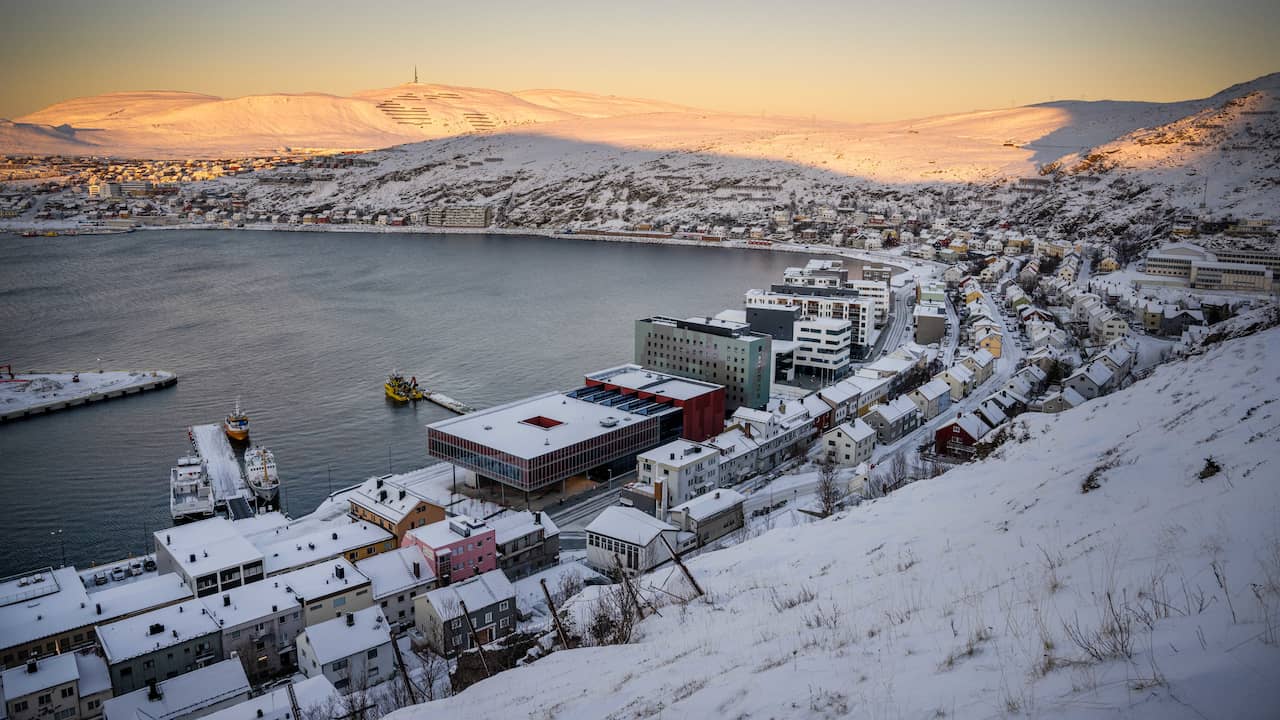This year saw the warmest summer on record in the Arctic. The exceptionally warm season led to forest fires and melting glaciers, according to a report by the National Oceanic and Atmospheric Administration (NOAA).
The region continues to warm twice as fast as the rest of the Earth. The researchers say in the report that this is due to human-caused climate change.
Last summer, the average temperature in the Arctic was 6.4 degrees. This is evidenced by new data included in the annual Arctic Report Card.
The data also shows that the average annual temperature has risen by 0.25 degrees per decade since 1940. The average summer temperature has risen by 0.17 degrees per decade.
The Arctic is greening, which is changing the climate faster
High temperatures have caused the highest point in the Greenland ice sheet, at Summit Station, to melt. This happened for the fifth time in 34 years. 158.7 billion tons of ice mass in Greenland also disappeared.
In addition, the extent of sea ice continues to decline, reaching its lowest level on September 17. According to the report, the North Pole is turning green.
Rising temperatures, thawing permafrost and increased rainfall are bringing shrubs and trees back to life. Grasslands and tundra disappear. This greening could accelerate climate change by releasing large amounts of carbon dioxide that has been stored in the permafrost.


